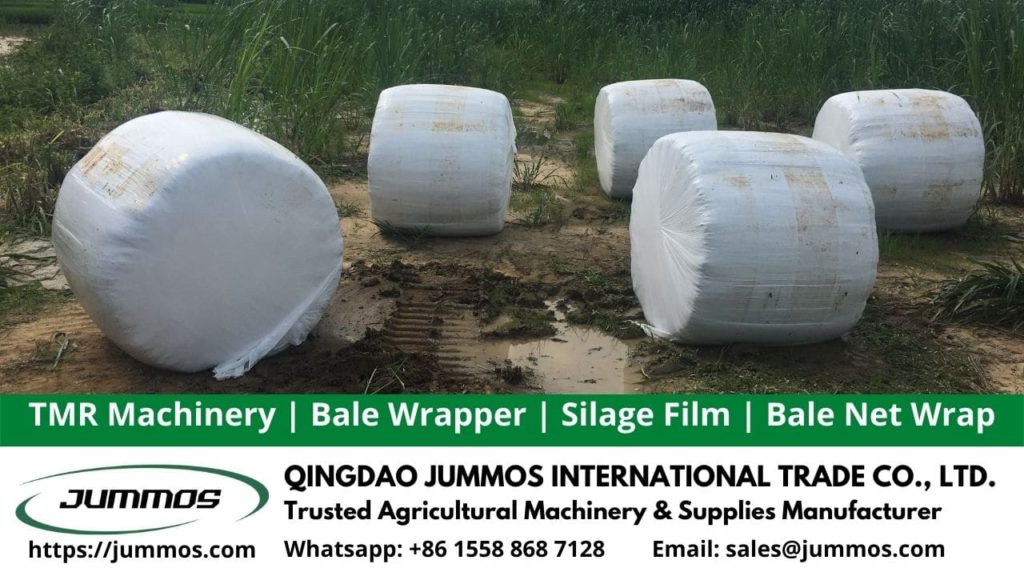Efforts to preserve hay bales will reap numerous benefits for farmers and ranchers. By optimizing yield and minimizing agricultural waste, this method transforms straw that is usually burned or left to rot into valuable raw material for making silage. Consequently, this has a positive impact on sustainable animal feed management. You won’t have to rely solely on fresh feed, especially during lean seasons, and you can reduce dependency on purchasing industrial feed.
However, information about preserving hay bales remains limited. To address this, we provide comprehensive information to ensure you can do it correctly and see gradual progress on your farm. So, what should you consider when starting an effort to use hay bales? Let’s explore the following description for a complete explanation:
Contents
Various Obstacles Preserve Hay Bales
Optimization of post-harvest straw and agricultural waste is inconsistent due to several factors, including limited access to supporting tools and machines. Additionally, the high cost of engine fuel makes silage production unaffordable for many farmers. The workforce capable of handling straw is also becoming increasingly scarce.
Meanwhile, many farmers and ranchers experience straw scarcity, even though they discard it during harvest. This has led to a reliance on industrial feed, despite the potential for silage to offer effective and efficient feed management. For those committed to sustainable livestock farming, preserving hay bales is a highly desirable practice, especially for middle and large-scale farmers or breeders.
What is Hay Bales?
Hay does not only refer to straw but also includes other grass crops such as sorghum and corn that have been cut and dried. After going through the processing process, Hay is usually stored to be processed into animal feed, such as cattle, alpacas, goats, sheep, llamas, and horses.
Knowledge of preserving hay bales is very important not only to keep the grass durable but how to keep its nutrition optimal. This will have to do with how you wrap and store it in the best possible way, as well as using a reliable machine.
Hay Bales Packaging Techniques
In general, Hay is usually wrapped in three ways, namely the shape of a small square, a large square, and a large round bale. The following is a brief description of each wrapping technique to preserve hay bales:
Small Square Bale
Bale with this kind of shape is usually processed traditionally with a size of 2x2x4 feet. To form it into a small square, the bales are tied with wire or rope. This technique will produce bales weighing in the 40 to 100-pound range. Such bales are ideal for practical feeding compared to large round bales. Its manufacture is still labor-intensive, so it is suitable for small farmers.
Big Square Bale
This kind of bale manufacturer supports preserving hay bales with a larger capacity. Bale sizes are generally 3x3x8 feet and weigh in the 600 to 700-pound range. Making a bale with a fairly large size makes you need a tractor or special transport tool when you want to move it to a warehouse or other place. This kind of bale is suitable for compact and neat storage so that the use of space in the warehouse is more efficient.
Cylinder Bale
Recommended Storage for Preserve Hay Bales
Here are some storage recommendations you can follow to properly implement the preserve hay bales process:
- Place the straw in an area protected from direct sunlight when you haven’t wrapped it. Also, pay attention to the location, do not get close to the source of the fire or other things that can ignite the fire. Straw is highly flammable, and you should never expose it to anything that could cause a major fire.
- If bale storage must be outdoors, cover it with a tarp and cover it tightly. Direct contact with nature, water, and air will erode nutrients in straw, protein, and vitamin A.
Jummos is ready to support the proper implementation of preserving hay bales by procuring machinery and supporting equipment. Our company provides round balers, wrapping tools, and special plastic wraps that allow you to make silage effectively and efficiently.

